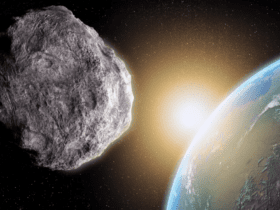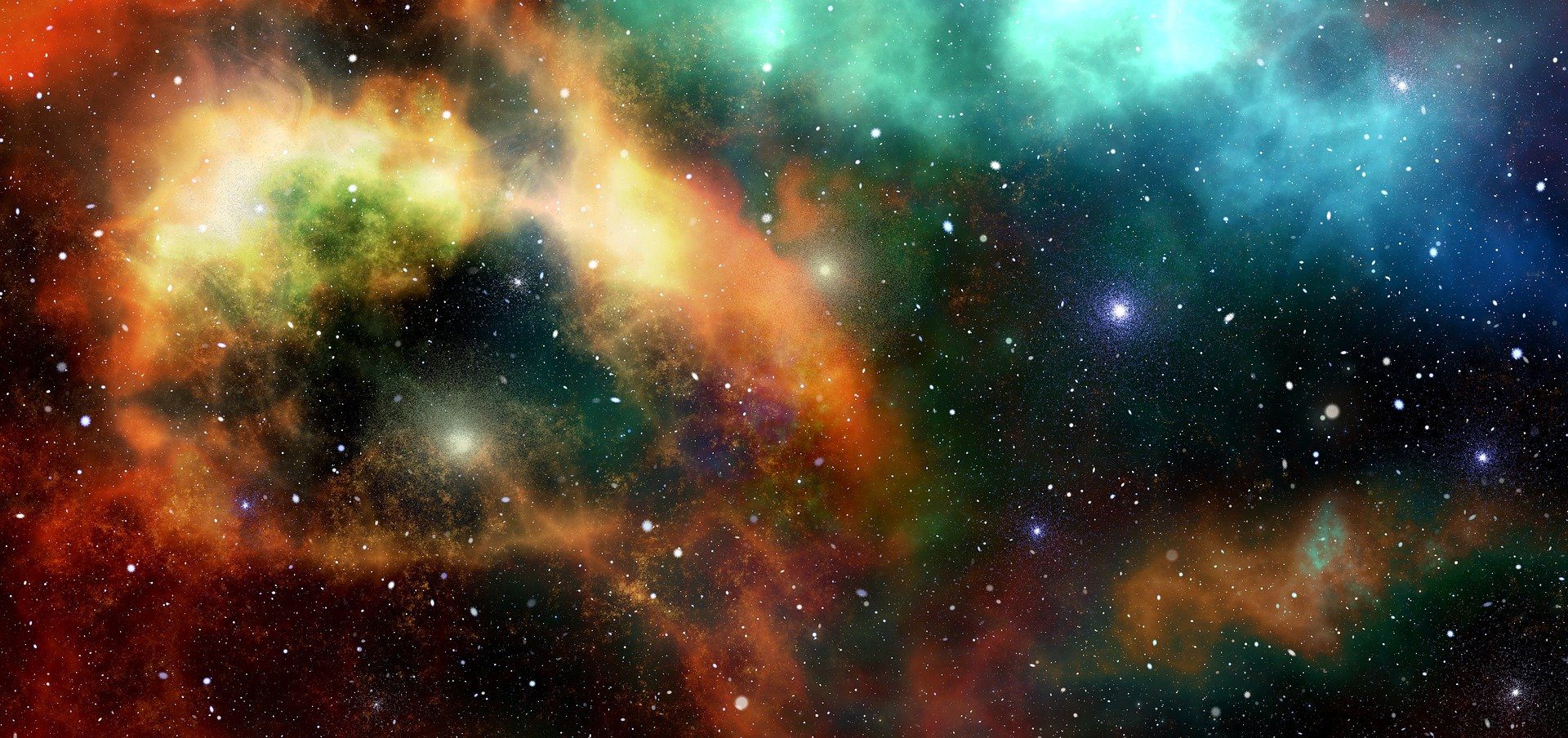Milky Way is just one out of countless other galaxies in the Universe. But even so, astronomers can have numerous stars and planets worth exploring. Hopefully, NASA’s James Webb Space Telescope will help the world study those remote worlds in great detail soon enough.
The European Space Agency (ESA) is also very interested in uncovering the secrets of our galaxy. That’s why it deployed the Gaia space probe almost ten years ago, in 2013. The spacecraft is expected to operate until 2025.
Two million stars surveyed
According to France24, the Gaia mission surveyed almost two million stars in its success of mapping the Milky Way galaxy. The third data set of the mission triggers a lot of excitement, and here’s what Francois Mignard declared, who’s a member of the team in charge of Gaia, as quoted by the publication mentioned above:
It’s the Swiss Army knife of astrophysics — there is not a single astronomer who does not use its data, directly or indirectly.
Gaia telescope’s new map of the Milky Way will let us rewind time https://t.co/pgpPhot8Dj
— Jennifer Takhar (@jentakhar) June 14, 2022
It’s worth keeping in mind that until a hundred years ago, when the American astronomer Edwin Hubble made some historical observations, the world of astronomers didn’t know that there were many more galaxies out there in the Universe besides the Milky Way.
Not very long ago, NASA even discovered that there is another galaxy ‘hiding’ behind the Milky Way.
Elegant: Spiral galaxy IC 342, also known as Caldwell 5, located about 11 million light-years from Earth.
Credit: NASA, ESA, P. Sell (University of Florida), and P. Kaaret (University of Iowa); Image processing: G. Kober (NASA Goddard/Catholic University of America) pic.twitter.com/7eRSWR85U1
— World and Science (@WorldAndScience) May 29, 2022
NASA stated via its official website:
Despite its relatively bright 8.4 magnitude, this galaxy doesn’t stand out in the sky. It appears near the equator of the Milky Way’s pearly disk, which is crowded with thick cosmic gas, dark dust, and glowing stars that all obscure our view.
Astronomers estimate that there is a total number of 200 billion stars in the entire Milky Way galaxy.












Leave a Reply